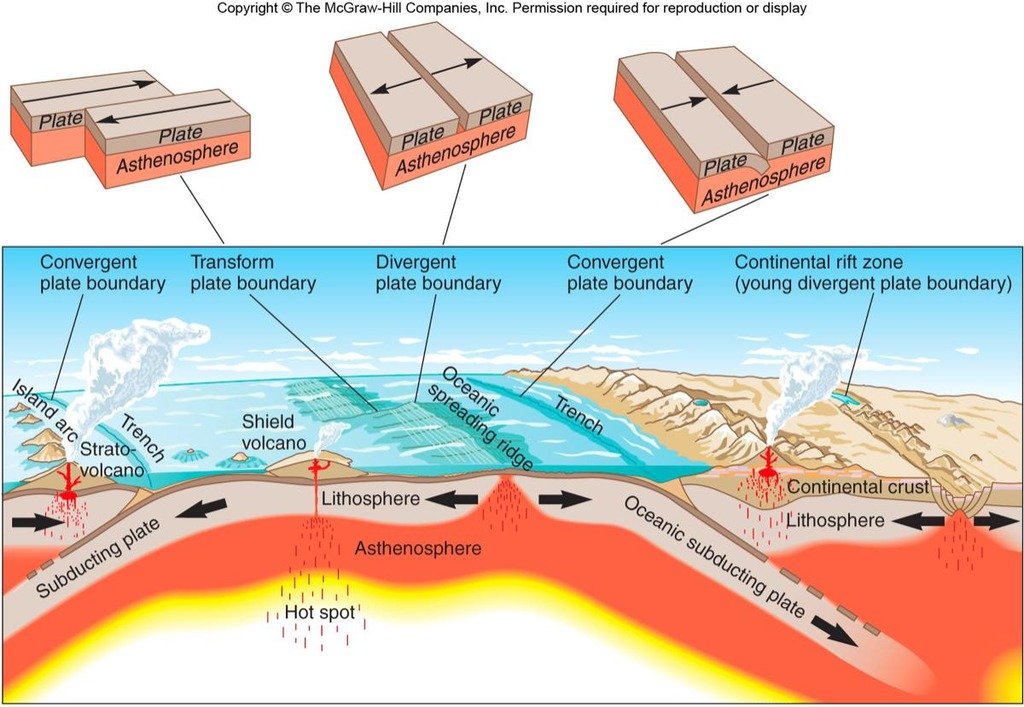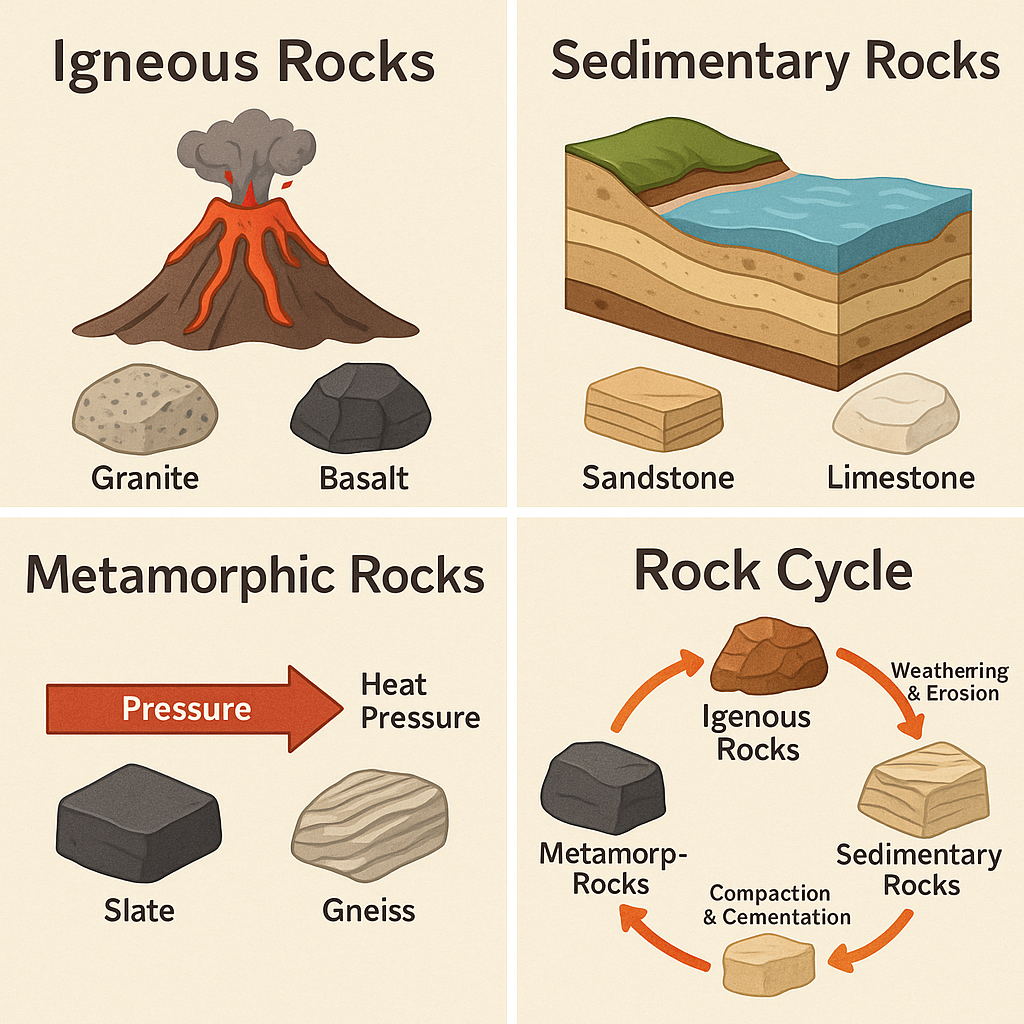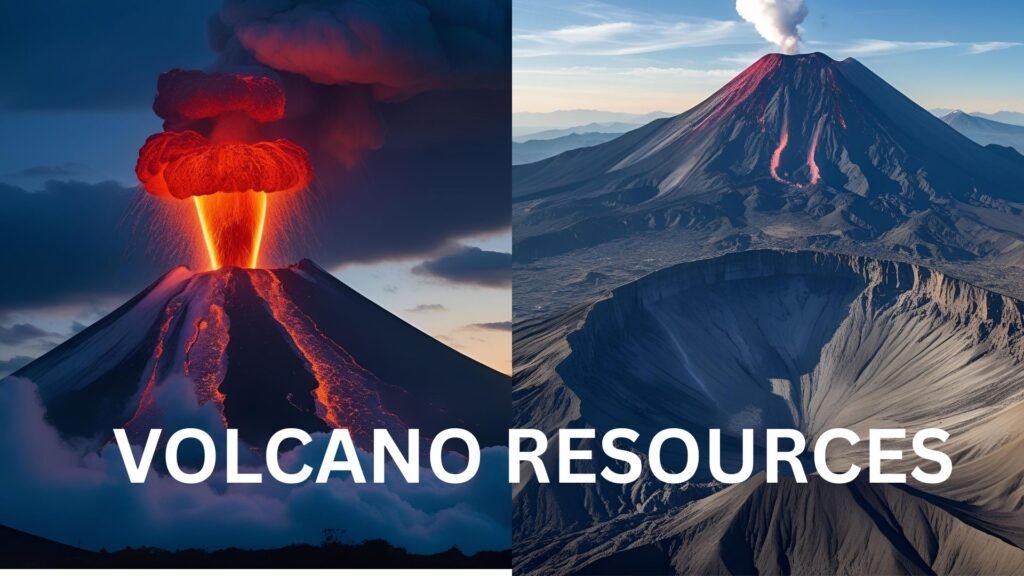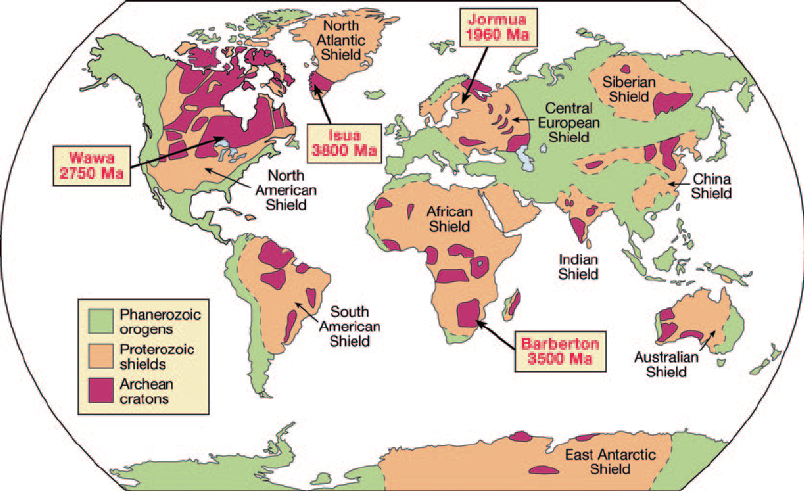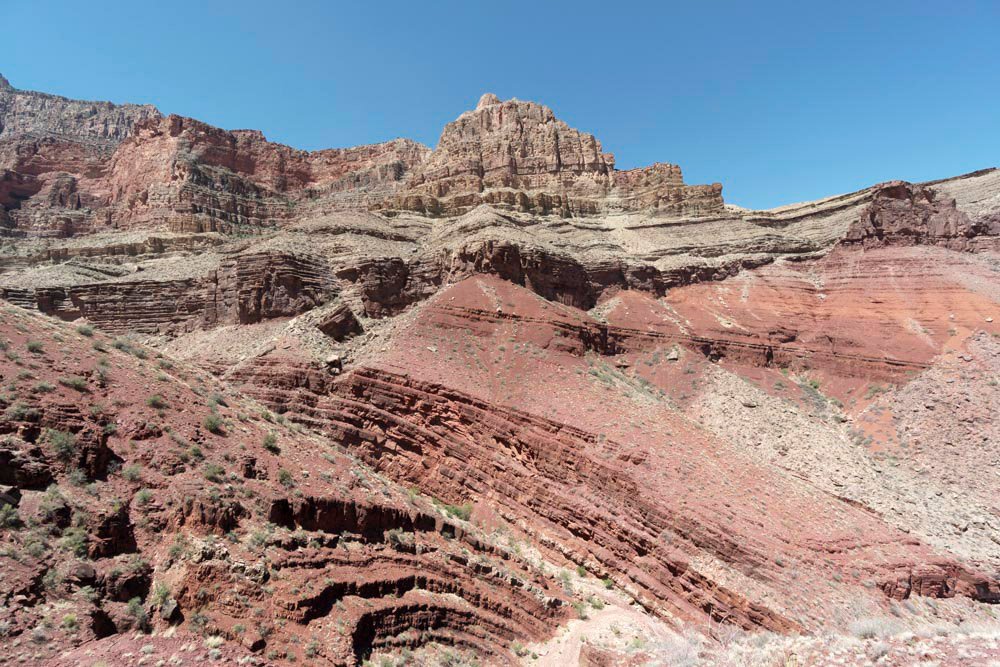Internal Structure of the Earth
The Earth beneath us may seem solid and immovable, but geologists know it hides a complex and…
continue reading..
Geomorphic Processes
Geology, at its heart, is the story of Earth’s constant transformation. While the planet might appear static…
continue reading..
World’s Top Geological Hazards
We live on a dynamic planet. Beneath the surface of our seemingly solid Earth lies a world…
continue reading..
Types of Rocks in Geology: A Beginner’s Guide
Have you ever picked up a rock and wondered how it was made or where it came…
continue reading..
Volcano Resources
One of the most powerful geological features on the planet is the volcano. Even though they are…
continue reading..
Craton, Shield and Platform Explained in Geology
The crust of Earth is made up of a number of geological feature that have been formed…
continue reading..
Unconformity in geology & different types of unconformity
Definition An unconformity is a surface of erosion or non-deposition indicating a gap in geological record. It…
continue reading..

